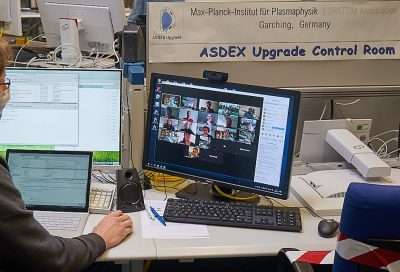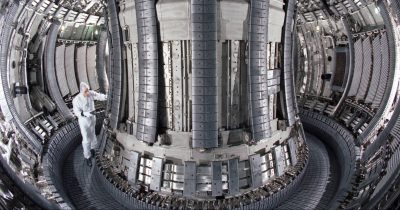
Our BSC Fusion Group works closely with various experimental fusion devices on the design, preparation, execution, analysis and modelling of new plasma experiments. We are particularly interested in validating and testing our modelling codes against experimental data, and in using our codes for the design of new experiments.
As experimental activities in many fields of science, fusion experiments have been strongly affected by the present COVID-19 outbreak.
The experimental campaign on the largest operating tokamak, the Joint European Torus (JET) located near Oxford (UK), was suspended on the 23rd of March due to Covid-19. For those involved in the JET programme, this was a disappointment because of the very good progress made during the record-breaking campaign which started on 18th February and was due to run until 3rd April. However, it was clearly the right and responsible decision in light of the on-going COVID-19 situation.
At this moment, it is not yet know when the JET campaigns will resume again. On a positive note, we all look very much forward to the results of the analysis on the large number of exciting new experiments carried out before the suspension of the activities.

Similarly to JET, the operation of the ASDEX Upgrade tokamak located at the IPP Garching, Germany, was suspended on March 26th due to the Covid-19 situation. During the suspension, the vessel was kept under vacuum and ready for a restart when the restrictions could be lifted sufficiently to allow safe operation.
Since the plasma experiments on ASDEX Upgrade were resumed on May 12, due to very strict safety precautions, most scientists follow the experiments by videoconference while the manning in the control room in kept at minimum.
Our group members Mervi Mantsinen and Jordi Manyer are participating actively in the experiments on ASDEX Upgrade since the restart of the operations. The first experiments they followed remotely were carried out under the EUROfusion Medium Size Tokamak Campaigns Work Package Topic 11 on the 14th of May. In that session, two plasma discharges were devoted to study a new technique that they proposed and have developed to heat AUG plasmas with radiofrequency waves.
